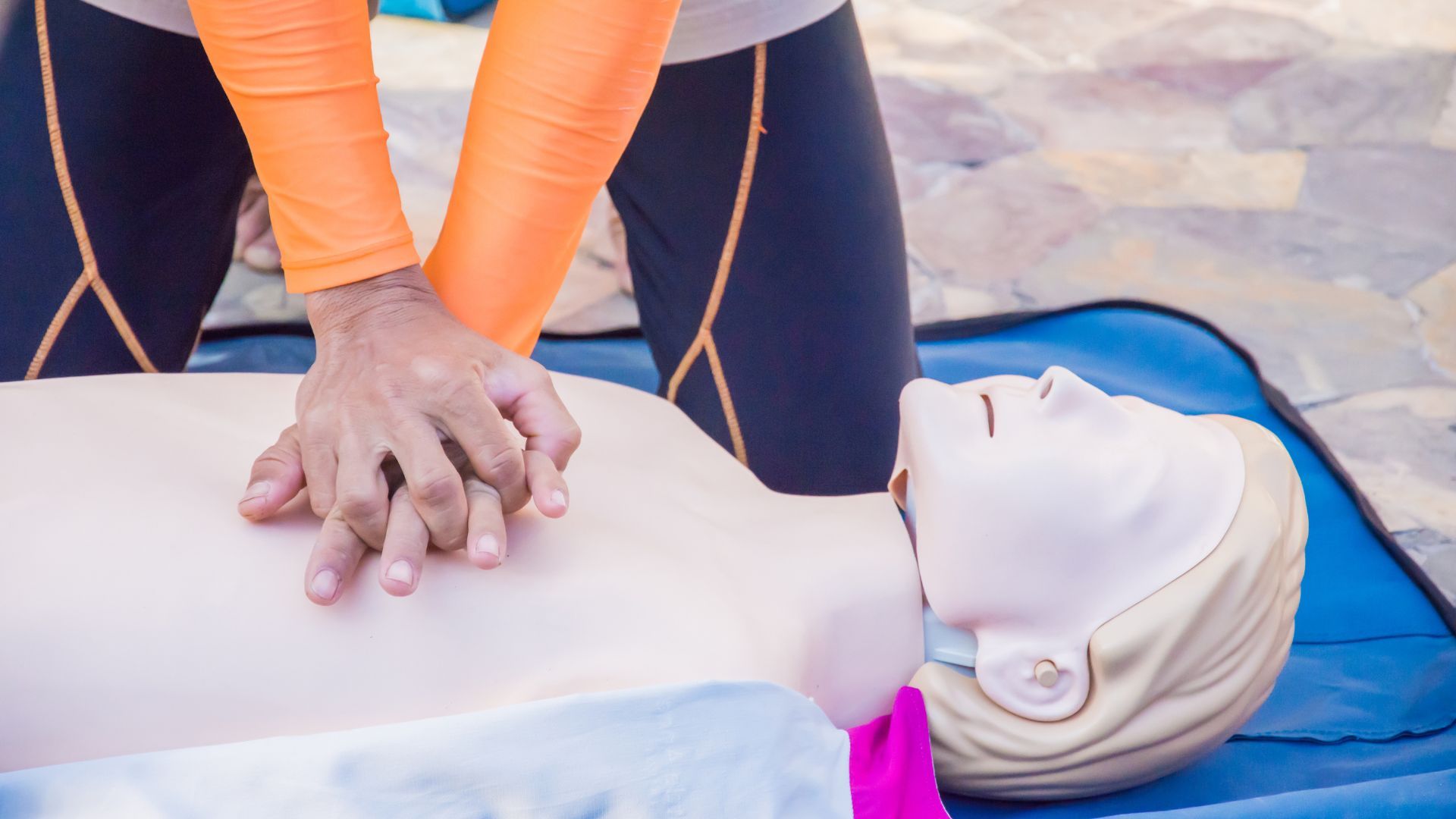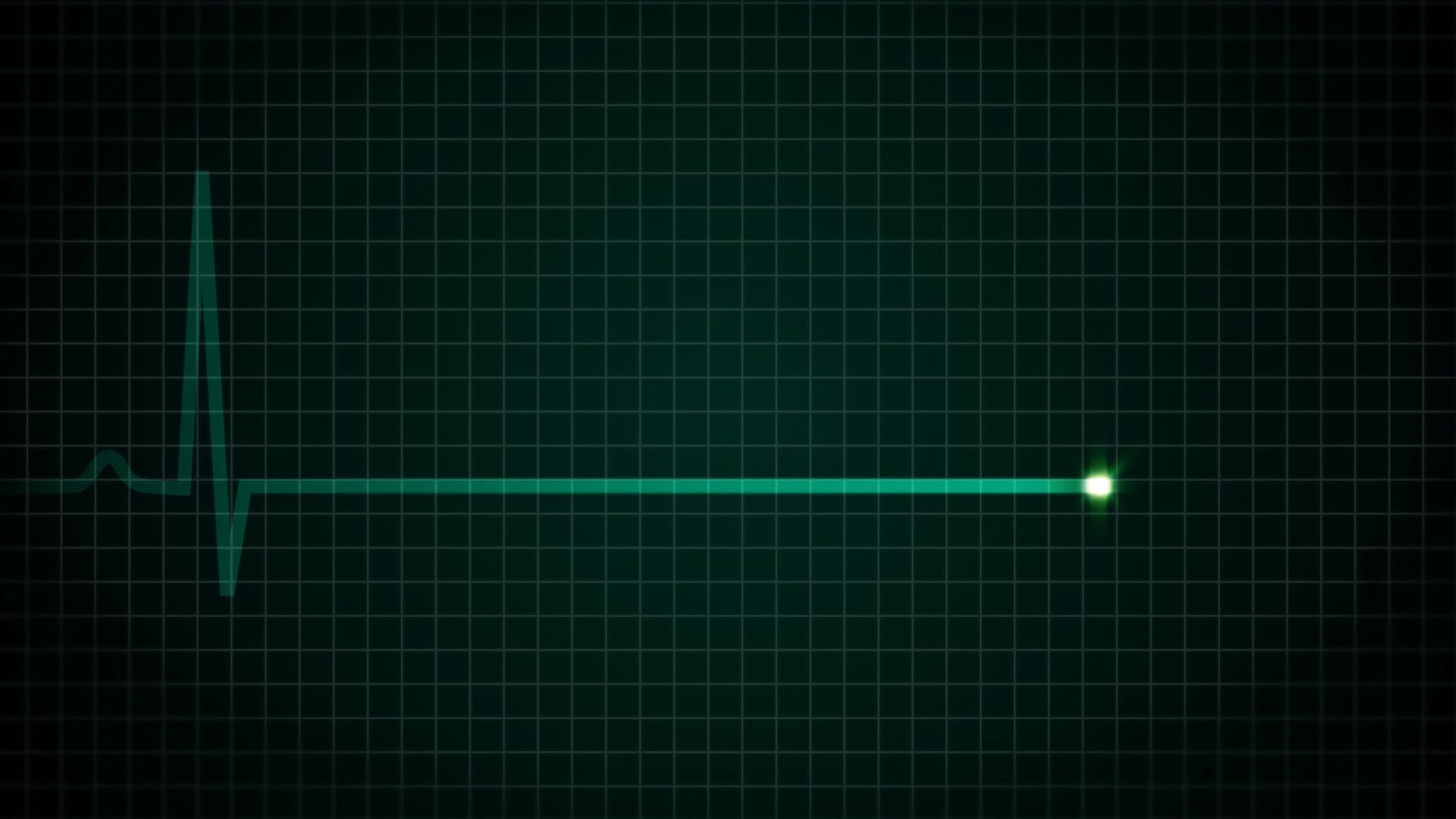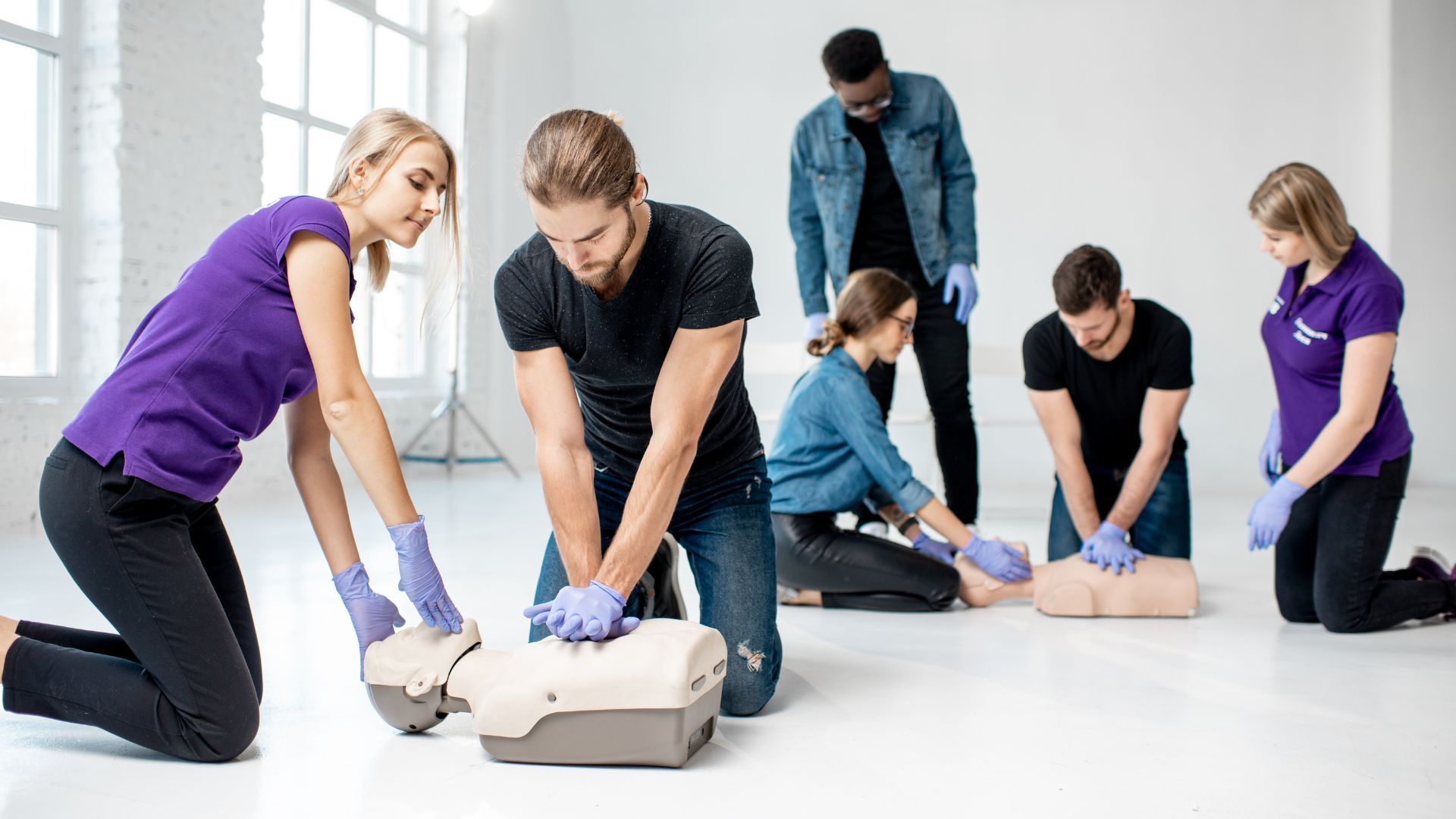What is Conscious Choking
Conscious Choking Pronunciation: ˈkän(t)-shəs ˈchō-kiŋ
Definition: Conscious choking refers to a situation where a person is awake and alert but unable to breathe or speak due to a blocked airway. The blockage is typically caused by a foreign object, such as food, that becomes lodged in the throat. In such cases, immediate intervention is necessary to clear the airway and restore normal breathing.
Frequently Asked Questions About Conscious Choking
How can I recognize someone is choking?
A person experiencing conscious choking may:
- Clutch at their throat, which is a universal sign of choking.
- Be unable to speak, breathe, or cough effectively.
- Have a panicked or distressed appearance.
- Have a high-pitched wheezing or coughing sound due to the partially blocked airway.
- Begin to turn blue or lose consciousness if the airway remains obstructed.
What should I do if someone is choking?
If someone is choking, follow these steps:
- Ask the person if they are choking and if they need help. If they are unable to speak, assume they require assistance.
- Call 911 or your local emergency number.
- Perform the Heimlich maneuver (abdominal thrusts) by standing behind the person, wrapping your arms around their waist, and placing a fist just above the navel. Grasp your fist with your other hand and perform quick, inward and upward thrusts until the object is dislodged or the person becomes unconscious.
- If the person becomes unconscious, lower them to the ground and begin CPR. When performing rescue breaths, check for and remove any visible obstructions in the mouth.
How can I prevent choking?
To prevent choking:
- Encourage people to chew their food thoroughly and avoid talking or laughing while eating.
- Cut food into small pieces, especially for young children.
- Keep small objects away from young children, as they often put items in their mouths.
- Learn first aid techniques for choking, such as the Heimlich maneuver and CPR, so you can respond effectively in an emergency.
Remember that choking can be a life-threatening emergency, and it’s essential to act quickly to help the person. Proper training in first aid and choking interventions can save lives.
More Articles





